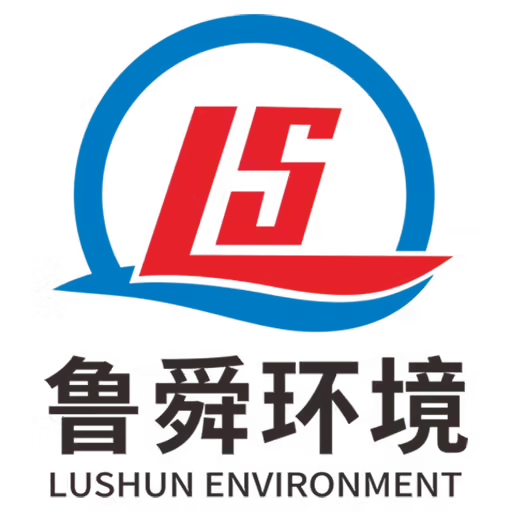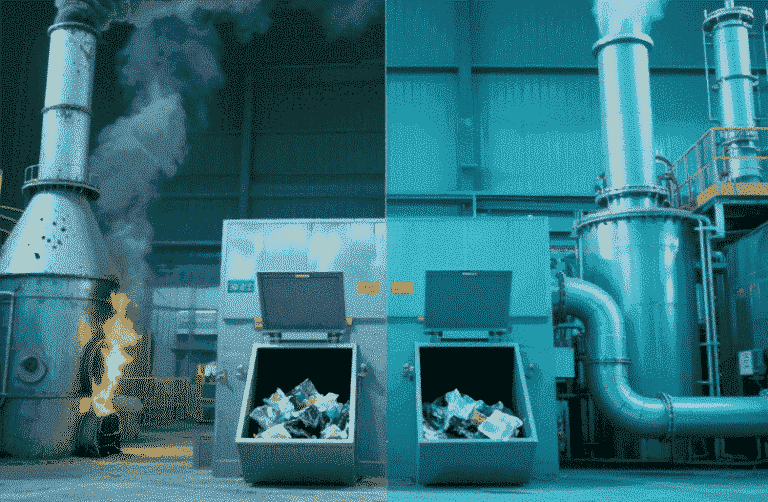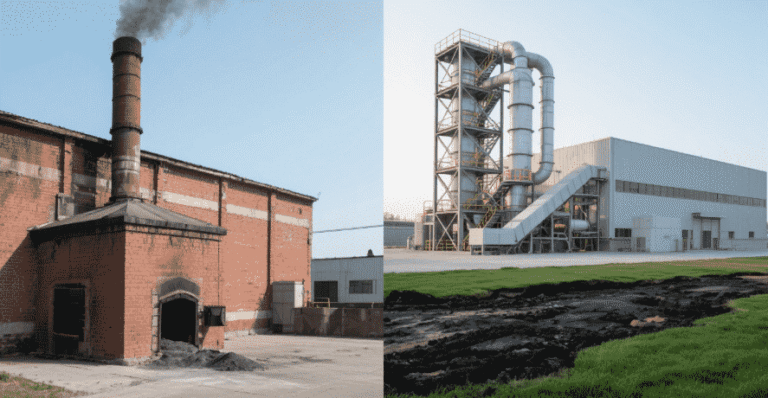At the end of the sewage treatment industry chain, a device called “screw stacker” is quietly revolutionizing the way sludge is treated. Through bionic design and intelligent control, it achieves sludge reduction and harmless treatment, becoming an important equipment for water environment management.
Three steps to complete the “slimming” of sludge
The core of the spiral stacker lies in the synergy between the dynamic and static ring stacks and the spiral shaft, which can process sludge as precisely as a digestive system:
- Flocculation conditioning stage
The sludge with a water content of 99% is fully mixed with the polymer flocculant in the reaction tank to form flocs with a diameter of 5-10mm. This process is precisely controlled through the online pH monitoring and flocculant automatic dosing system.
- Gravity dehydration stage
The flocs enter the dewatering main body which consists of 30-50 groups of dynamic and static rings arranged alternately. The spiral shaft rotates at a low speed of 0.5-3rpm, pushing the sludge forward, and at the same time, the initial dehydration is achieved through the gap between the dynamic and static rings (0.3-0.5mm), and the moisture content is reduced to 85%.
- Squeeze dehydration stage
As the diameter of the screw shaft increases and the pitch decreases, the extrusion pressure on the sludge increases from 0.1MPa to 0.3MPa. The specially designed “V-groove” stack further strengthens the shear force, ultimately forming a mud cake with a moisture content of less than 75%.
Four major innovations reshape industry standards
- Non-clogging design:
The 0.3mm gap between the laminations and the self-rotation of the spiral shaft prevent fiber entanglement, which is a significant advantage when treating oily sludge.
- Low energy operation:
The power of a single machine is only 1.5-7.5kW, and the power consumption per ton of mud is 0.8-1.2kW・h, which saves 60% energy compared with traditional belt filter presses.
- Intelligent control system:
The integrated torque sensor and variable frequency speed regulation technology can automatically adjust the screw shaft speed to adapt to the fluctuation of sludge concentration.
- Modular Design:
The processing capacity of a single device is 0.5-50m³/h, which can be expanded to 100-ton processing capacity through parallel connection.
“Sludge Buster” in multiple fields
In municipal sewage treatment, the snail stacker is used in conjunction with the MBR process to achieve zero sludge discharge. Data from a sewage treatment plant in a provincial capital city showed that the amount of sludge transported outside was reduced by 40% after the use of the snail stacker. In the industrial field, it has been successfully applied to the treatment of high-concentration organic sludge in petrochemicals, pharmaceuticals, etc. A case study of a chemical company showed that the calorific value of the mud cake increased by 3 times after dehydration and can be directly used for incineration power generation.
Green upgrade and digital transformation
With the advancement of the “Implementation Plan for Harmless Treatment of Sludge”, the technology of the snail stacker continues to iterate. The new snail stacker is made of 316L stainless steel, and its corrosion resistance life is extended to 10 years; some companies have developed a “sludge-biochar” conversion system to pyrolyze the dehydrated mud cake into a soil conditioner. According to industry reports, by 2027, the market share of snail stackers in my country will exceed 35%, becoming the mainstream equipment for sludge treatment. This seemingly simple machine actually contains cutting-edge technologies of bionics and intelligent control. Guided by the goal of carbon neutrality, the snail stacker is contributing to the construction of a circular society with its unique “digestion ability”. As equipment R&D experts said: “We are not only processing sludge, but also reshaping the future of resource circulation.”






